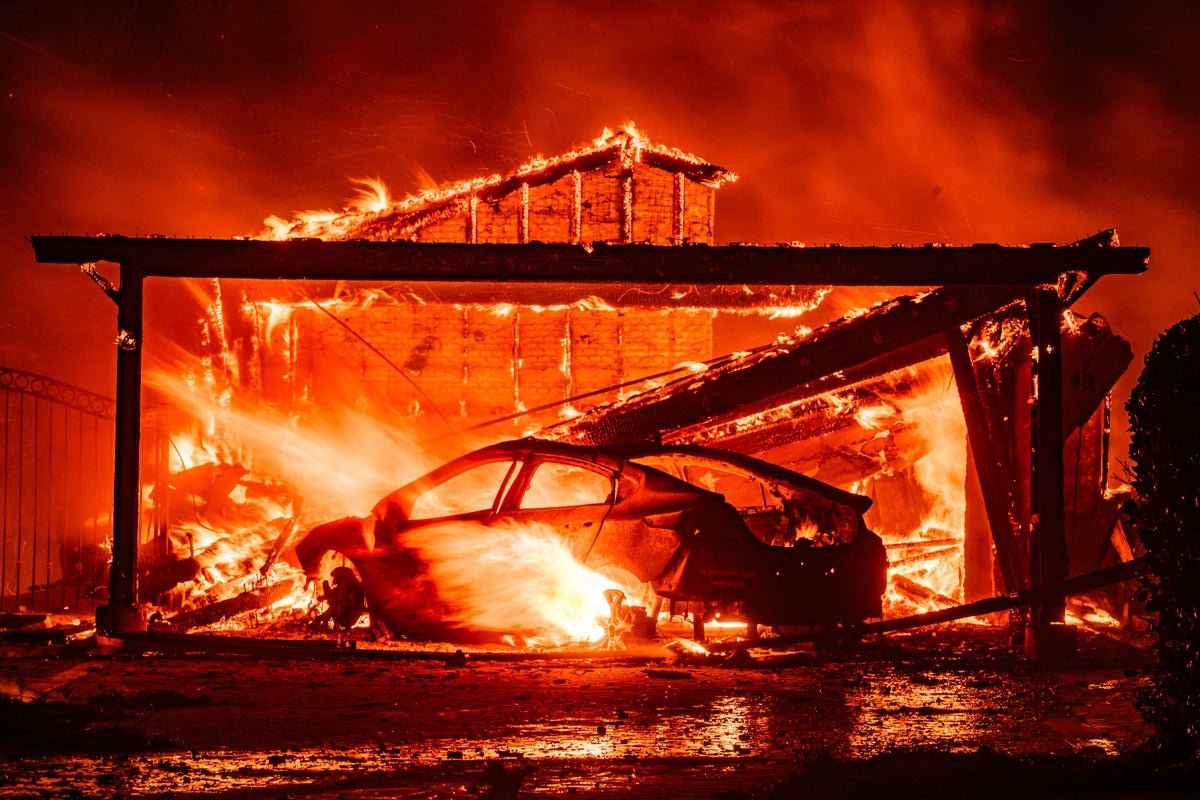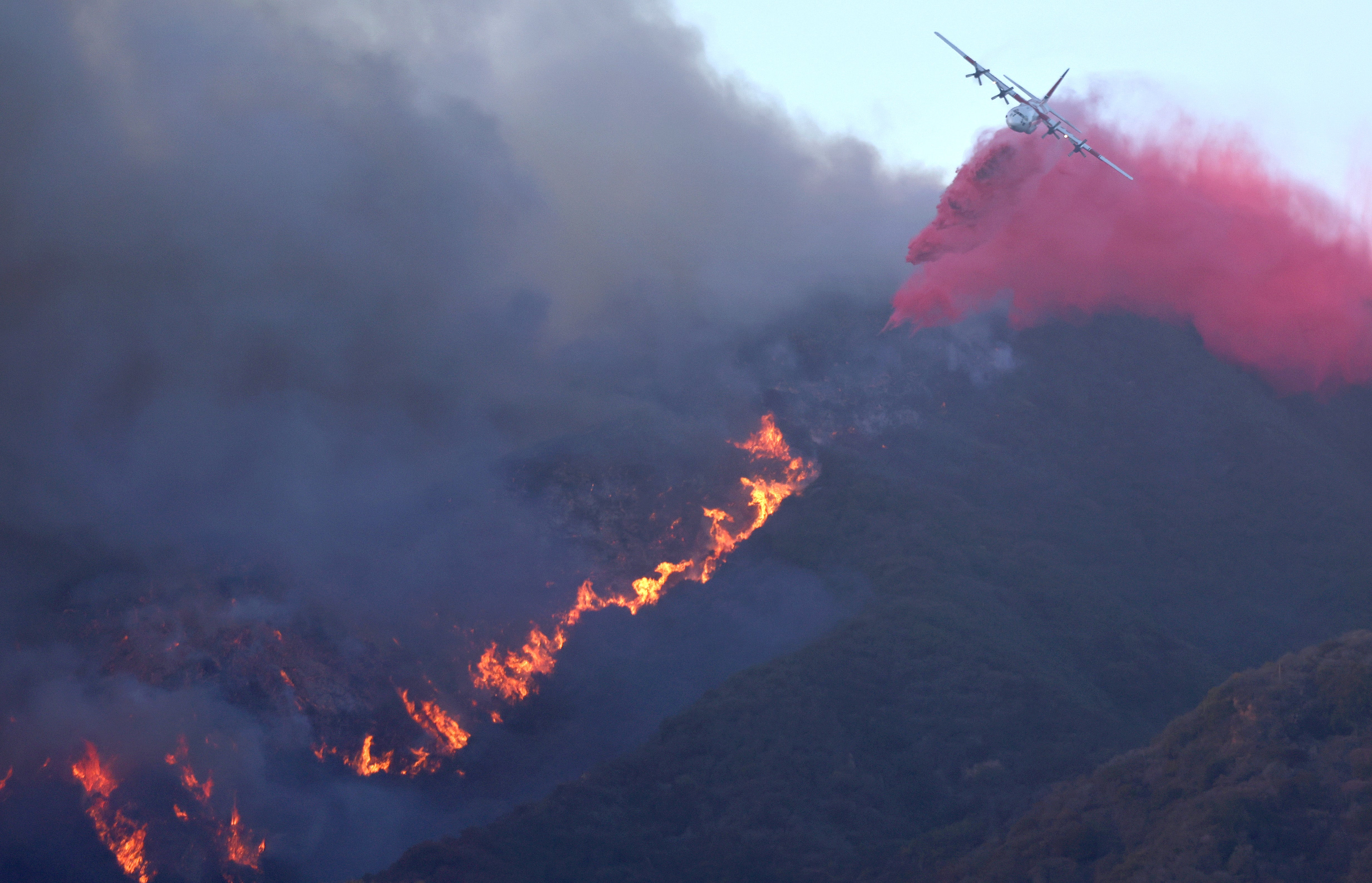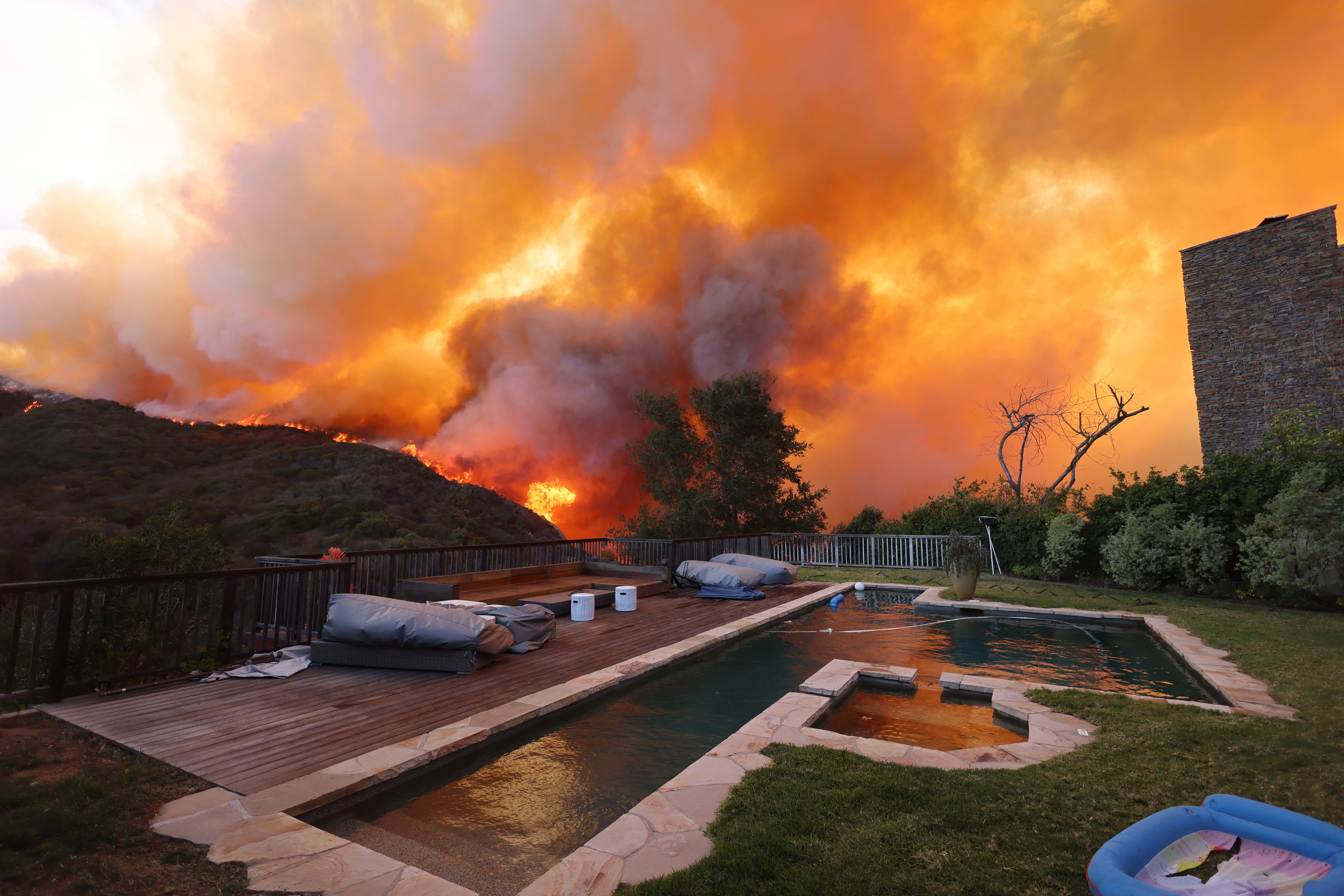US Politics
Trump admin is dismantling ‘critical’ parts of California’s response to wildfires

Your support helps us to tell the story
From reproductive rights to climate change to Big Tech, The Independent is on the ground when the story is developing. Whether it’s investigating the financials of Elon Musk’s pro-Trump PAC or producing our latest documentary, ‘The A Word’, which shines a light on the American women fighting for reproductive rights, we know how important it is to parse out the facts from the messaging.
At such a critical moment in US history, we need reporters on the ground. Your donation allows us to keep sending journalists to speak to both sides of the story.
The Independent is trusted by Americans across the entire political spectrum. And unlike many other quality news outlets, we choose not to lock Americans out of our reporting and analysis with paywalls. We believe quality journalism should be available to everyone, paid for by those who can afford it.
Your support makes all the difference.
Read more
Donald Trump has been dismantling “critical” parts of California’s response to wildfires as the state braces for peak wildfire season, according to a new report.
The Trump administration has cut thousands of employees from the federal workforce in the name of government efficiency.
One government entity that has been a target of these cuts is the National Weather Service, which keeps Americans informed of weather forecasts in the hopes of preventing catastrophic outcomes from natural disasters.
Tom Fahy, legislative director of the NWS Employees Organization, told the Los Angeles Times in a Wednesday article that the weather service’s staff has decreased from 4,369 to 3,757 employees thanks to layoffs and buyouts.
“This draws attention that we have a lot of critical, critical staff shortages,” Fahy said.

open image in gallery
An official from the National Oceanic and Atmospheric Administration, which houses the NWS, told The Independent it has implemented short-term assignments to fill key vacancies at the weather service.
NOAA has also announced opportunities for its employees to apply and quickly be permanently reassigned to weather offices that need it the most, according to the official.
The official says strategic hiring and reforming how the NWS delivers value to the American people will improve the service in the long term.
Staffing shortages at NWS offices in California could lead to problems in the coming months, when the state experiences the worst of its wildfires.

open image in gallery
California is still recovering from devastating wildfires that raged through Los Angeles County in January.
The Palisades and Eaton fires led to 30 deaths and saw thousands of structures destroyed.
The Hanford office, which covers the San Joaquin Valley, including Fresno and Bakersfield, has five meteorologists and eight vacancies, the LA Times reported, citing data from the NWS Employees Organization.
Fahy said the office’s 62 percent vacancy rate is the worst in the country.
The Sacramento office, which also covers Stockton, Modesto, Vallejo, Chico and Redding, follows the Hanford office with the second-worst vacancy rate in the country. That office has eight meteorologists and eight vacancies, according to Fahy.

open image in gallery
This week, calls made to the Handford office from around midnight to 6 a.m. local time were handled by the San Diego office thanks to the cuts.
Alex Tardy, the former warning coordination meteorologist for the weather service’s San Diego office, told the LA Times this was “unheard of” and a “big deal.”
“I worked for 32 years [with the National Weather Service], I worked a solo midnight shift a few times, and even that was frowned upon…for safety reasons,” he said.

open image in gallery
Staffing shortages could lead to issues this wildfire season, with the role the NWS plays when the state is dealing with this type of weather event.
Each weather office is required to have an incident meteorologist available when there’s a wildfire in California to head an incident command post, Tardy said.
This means weather offices are down another forecaster while the incident meteorologist is busy with the wildfire, which could possibly be for weeks, according to Tardy.
There could also be delays in key weather alerts if weather offices are understaffed.
